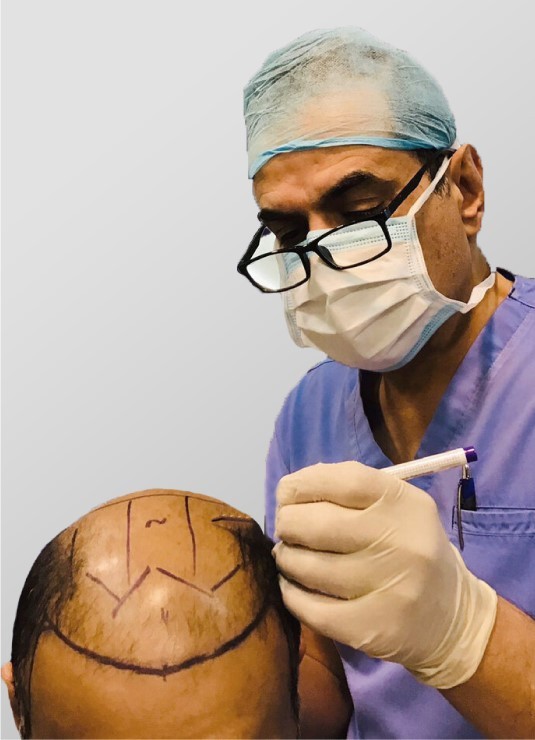
If you're one of those people who constantly pull out their hair, you might want to consider a hair transplant. Sure, it's a bit of an invasive procedure, but it's a lot less painful than ripping out your hair by the roots.
And if you're thinking about getting a hair transplant, you're in luck because the latest techniques make the process significantly less painful and more effective than ever. There are a wide range of hair transplant techniques used these days. And the best technique for you will depend on your individual needs and goals.
Follicular Unit Extraction
This is the most popular and effective hair transplant technique available today. It involves taking hair follicles from other parts of the body (usually the back of the head) and transplanting them to the balding area.
The great thing about follicular unit extraction is that it can be done with very little pain and discomfort. In fact, many patients report feeling only a slight tingling sensation during the procedure. And because the transplanted hair follicles are taken from areas that are not susceptible to balding, they will continue to grow for a lifetime.
FUE requires no stitches, and the recovery time is very short. You can expect new hair growth within a few months, and the final results will be visible within a year. The procedure is carried out using advanced medical equipment, which is why it's so successful.
Follicular Unit Transplantation
FUT is another popular hair transplant technique. It involves taking a strip of hair follicles from the back of the head and transplanting them to the balding area.
FUT is a bit more invasive than FUE, and it requires stitches. The recovery time is also longer; you can expect new hair growth within four to six months. However, FUT is still an effective hair transplant technique and can provide excellent results.
Microscopic Follicular Unit Transplantation
Microscopic FUT is a newer hair transplant technique. It requires taking a tiny strip of hair follicles from the back of the head. The strip is then divided into individual follicular units using a microscope.
These units are then transplanted to the balding area. Microscopic FUT is less invasive than traditional FUT and does not require stitches. It also has a shorter recovery time and can provide excellent results.
Platelet-Rich Plasma Therapy
Platelet-rich plasma therapy is a new technique that is gaining popularity. It involves taking a sample of your blood and spinning it in a centrifuge to separate the platelets from the red blood cells. The platelets are then injected into the balding area. This technique is still being studied, but early results are promising.
Platelet-rich plasma therapy is thought to work by stimulating the growth of new hair follicles. It may also help to thicken existing hair follicles and make them more resistant to falling out.
If you are considering platelet-rich plasma therapy, you must consult a board-certified dermatologist or another qualified healthcare provider to ensure that you are a good candidate for the treatment.
Platelet-rich plasma therapy is considered a safe treatment, but as with any medical procedure, there is always a risk of side effects. The most common side effects are temporary and include pain, swelling, and bruising at the injection site.
Final Thoughts
The techniques used in hair transplants have come a long way in recent years. And while there is still no one "perfect" solution for hair loss, the latest techniques can provide excellent results. If you are considering a hair transplant, be sure to consult with a certified dermatologist or another qualified medical practitioner to discuss your options and find the best treatment plan for you.
About ADAMA
ADAMA is an advanced hair transplant center in the Middle East. We offer numerous services like Follicle Unit Extraction, Follicle Unit Transplantation, corrective procedures, camouflage, eyebrow reconstruction, and platelet-rich plasma therapy. Our doctors are specialists in skin and hair conditions and are well-experienced in various treatments.
ADAMA believes in providing education and treatment in restoration surgery and hair transplant. We have a network of highly qualified professionals well-versed with the latest technologies to deliver a service that meets and exceeds our clients' expectations.


 If you're one of those people who constantly pull out their hair, you might want to consider a hair transplant. Sure, it's a bit of an invasive procedure, but it's a lot less painful than ripping out your hair by the roots.
If you're one of those people who constantly pull out their hair, you might want to consider a hair transplant. Sure, it's a bit of an invasive procedure, but it's a lot less painful than ripping out your hair by the roots. 